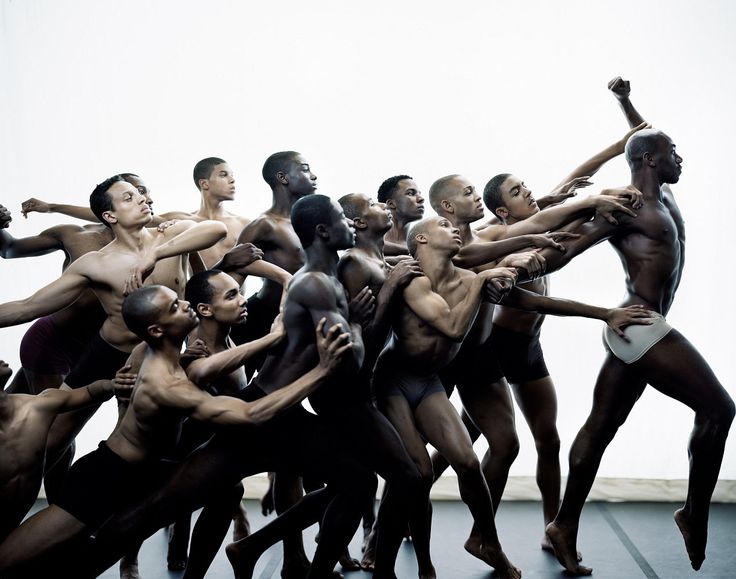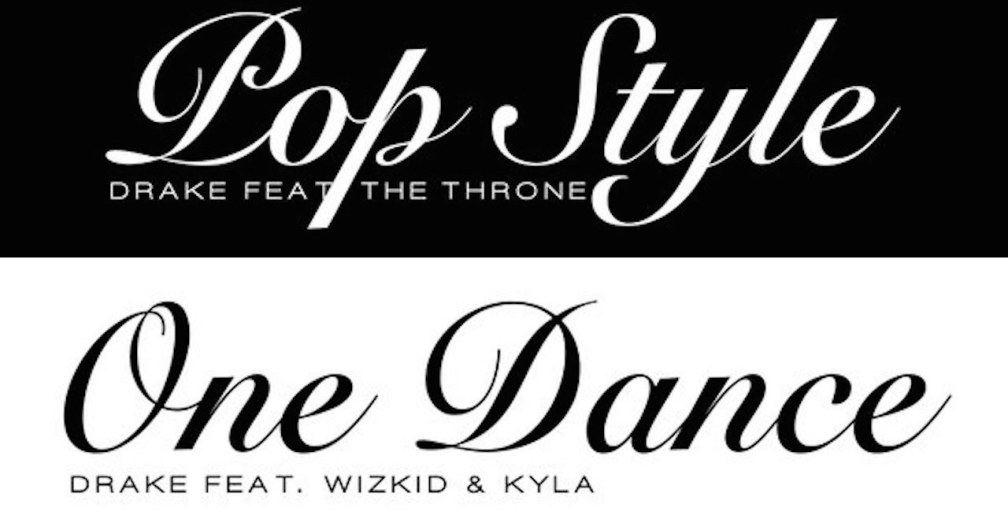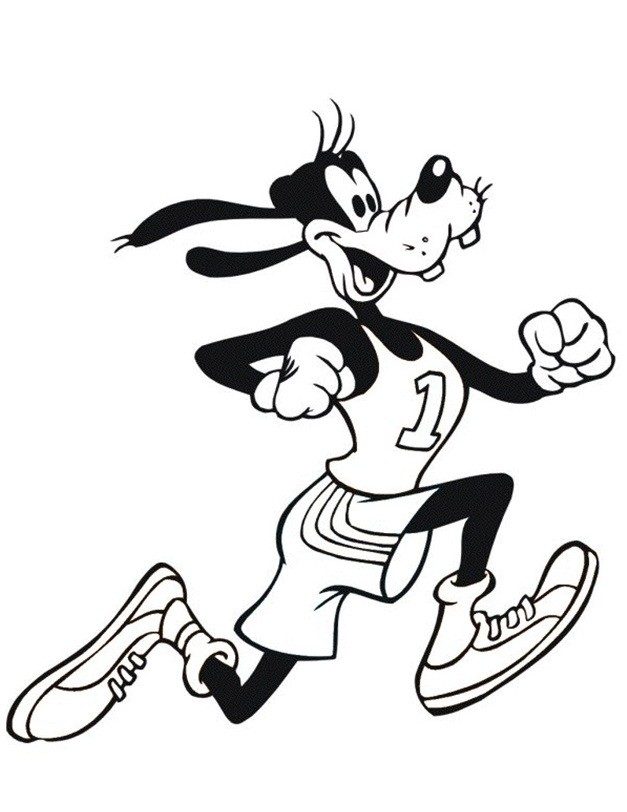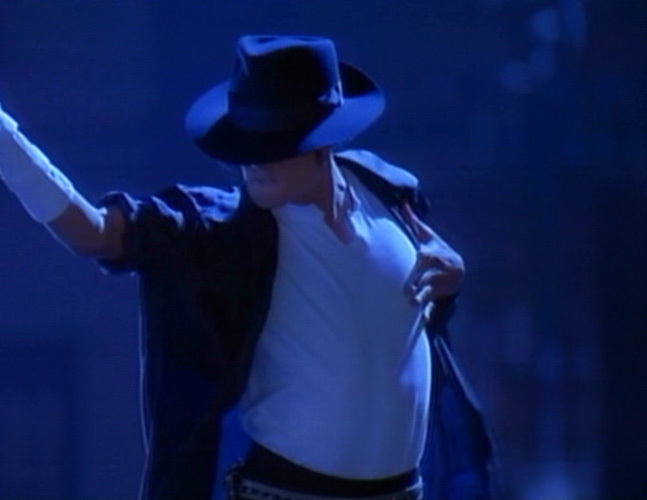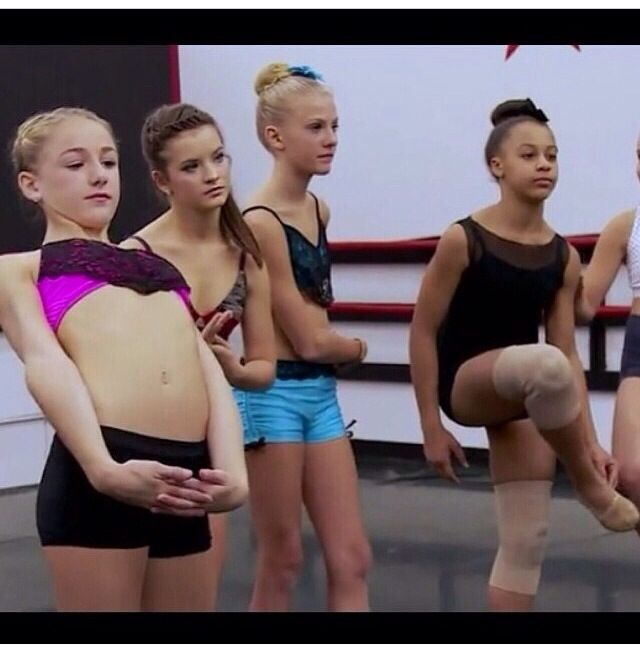How to make people dance
10 DJ Tactics For When People Won't Dance
For good DJs, an empty dancefloor is not a problem, it’s an enjoyable challenge of DJing.Any experienced DJ, no matter how good or professional, has encountered dancefloors that just refuse to react as expected.
Sometimes, you’re confronted with a crowd that it seems just won’t dance, no matter how hard you try. It can be confusing to you how one night girls can be dancing on top of the bar gyrating to your tunes and giving you flirty smiles when the next week you seem to have weird, serious looking people and zero energy on the dancefloor, no matter what music you play.
It’s not your fault!
First, understand that there are a number of different circumstances that can change the mood and feeling of your night unexpectedly. You as a DJ have to be ready for them and know how to react to this when it happens.
Events taking place in the town or city that you’re playing at, door policy and even the weather can influence the crowd that turn up to your nights.
Just as a sudden surge in warm weather and sunshine makes people feel happy, energetic and horny, a blast of rain can do the opposite and take the mojo out of your night.
Big events in town related to fashion, sports or business may all mean you have to adapt to the crowd and go outside of your comfort zone to make people dance.
An overly zealous door policy can see the real party animals getting refused entry and your dancefloor filling up with people who don’t seem to care about your music.
All this can be a challenge for your usually lively dancefloor! So what can you do about it as a DJ? Well, the first thing is to relax. There are a number of ways of dealing with the floor that won’t dance, so there’s no need to panic: as a DJ, you can try all of them. Here they are:
1. Have your secret weapon tunes ready
Create a list of tracks you can play as secret weapons. You should make a rule to only ever drop these when you have a really limp crowd or people who only dance to cheese.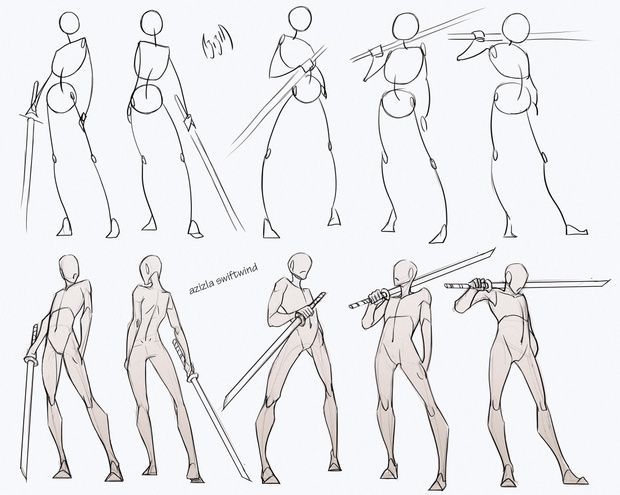 Make sure that around half of these are well-known favourites and the other half discreet dancefloor bombs that you’ve found yourself.
Make sure that around half of these are well-known favourites and the other half discreet dancefloor bombs that you’ve found yourself.
Don’t ignore top 40 hits or old party hits because you don’t like them. You may hate Cyndi Lauper’s Girls Just Wanna Have Fun or Katy Perry’s latest chart hit but these tunes could spark life into a lame night for you.
If you really find it painful to play music that’s considered cheesy, then find or make remixes of well-known hits to play instead. Justice’s remix of the Britney Spears song Me Against The Music is a great example of where cool electro meets top forty hit. That way you can be cool and play to the top 40 crowd at the same time!
2. Find and know more music genres
To be able to react to different people you should be getting into different genres. Mastering one genre is fine but don’t be a one trick pony. You really need to be a pro at knowing other genres too in case your crowd don’t react quite as you like.
Organise your tunes so that you can flip to a different genre or sub-genre if your crowd aren’t digging the music that you’re blasting out.
Get to know and enjoy tunes of at least two or three other genres you are familiar with, identify the tracks people will dance to and try them out. You’ll see this come in useful time and time again to wake up the energy on the floor.
3. Find tunes that you know girls dance to
When it comes to the dancefloor it’s all about the girls. Why is this? Because when girls dance, not only do they look good but you’ll see an army of boys follow them straight onto the floor to try to bust out a few hot moves.
These boys don’t always care what music is playing, they’ll just head to the floor when they see a hot girl dancing to try to cut some shapes and impress her.
Use your experience to make a list of proven girlie tunes, then release them when you feel the dancefloor needs a boost. You’ll see those ladies liven up the dancefloor pretty quickly.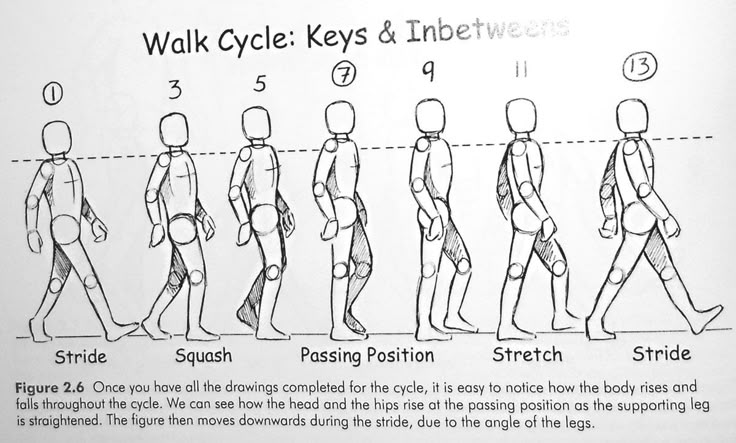 Then watch the boys follow them blindly onto the floor, and chuckle to yourself.
Then watch the boys follow them blindly onto the floor, and chuckle to yourself.
4. Relax and become one of the crowd
All too often, we take ourselves a bit seriously as DJs. After all, aren’t we there to play some cool trainspotter tunes that no one else has discovered? Don’t you want to show that you know the best cool music around that no other DJ can get? You know, showcase some real hardcore DJ tunes with effects. Yeah!
Well… yes and no. You can educate people and take them on an adventure of musical discovery. But what people really care about isn’t you in your booth. It’s them and their night out. That’s right. All they want to do is enjoy themselves and have a good time.
Learn to relax when playing out and don’t take yourself seriously. Enjoy playing out. Have a drink if it helps you get onto the same wavelength as the people there. Chat to some people near you, head out of your booth and mingle a bit. You’ll feel better and less tense to be part of the crowd.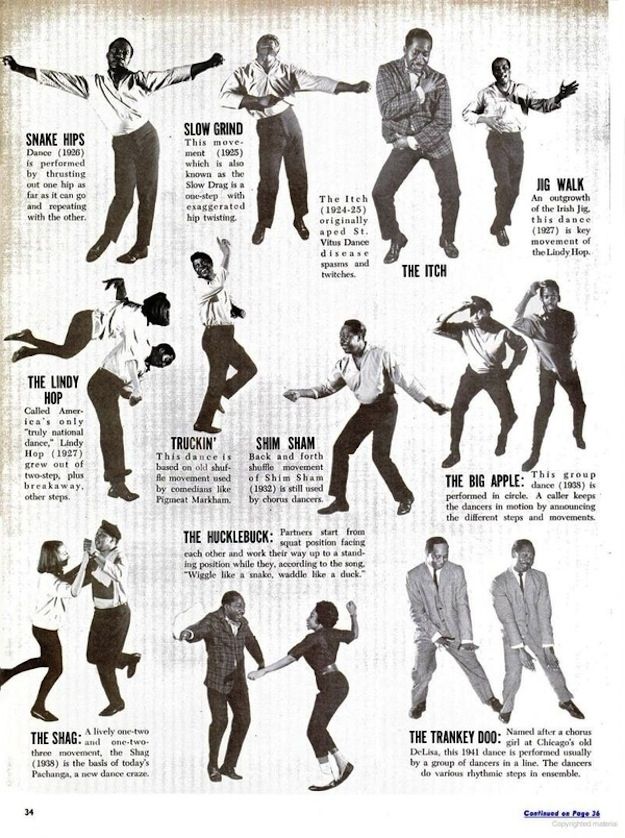
Very often, as soon as you relax you’ll find yourself automatically playing tunes that people dance to instead of ones that you thought you “should” play.
5. Think positively
Without trying to sound like a sales guru trainer, you have to be able to react positively as a DJ.
Being very positive really does help you when DJing as you’ll need to constantly boost yourself if the night isn’t going as well as planned. Moaning that your crowd are a bunch of losers when they don’t react to what you play won’t help you at all and it certainly won’t make them dance!
If they’re looking like they just came from a funeral when you drop your peak time hits just smile, be cool and tell yourself you’re going to turn it around. My DJ sets became better when I started to think this way.
You need to develop a reflex reaction to negative situations on the floor. Tell yourself that everything is going to go well and you’ll find the music that makes them dance no matter what’s happening.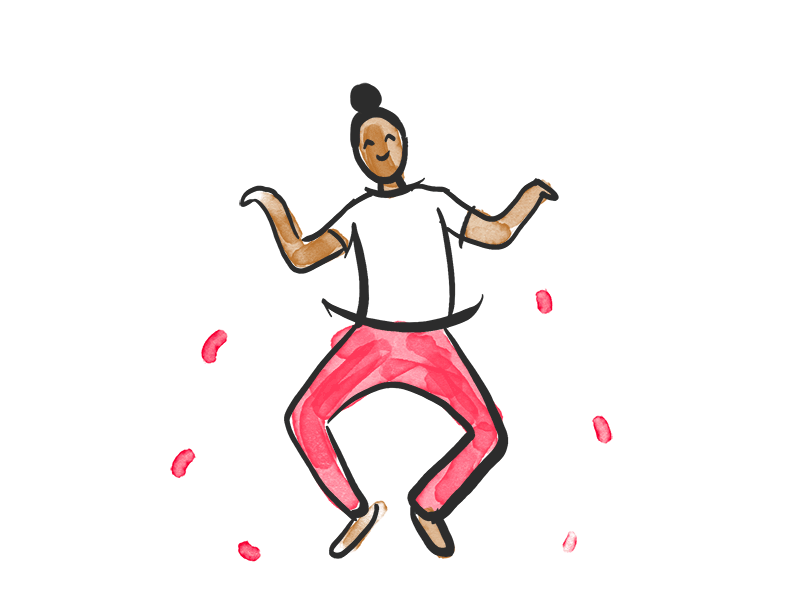
6. Look at your dancefloor
Looking at who is out to have a good time tonight helps you gauge the atmosphere and get a feel for the kind of music they may like. Are your crowd more black, white, Asian or Latin?
Without generalising about their music tastes, the way people look can help you get an idea of what will make them dance. Are there more boys or girls? Straight or gay? Drunk or high?
Using your common sense to make decisions about what tunes to play, try them out and keep looking up at them from time to time to get a feel for how it’s going.
7. Take a request
We all know DJs who refuse to take any requests but you should think about being open to listening to what people say if no one seems to be enjoying themselves. If you have a group of seven pretty girls who promise to dance if you play Basement Jaxx, then why not play it?
You can be sure it’ll get some others on the floor too once a group starts to dance. Their request might be what you need to open up a bit and get the musical juices flowing.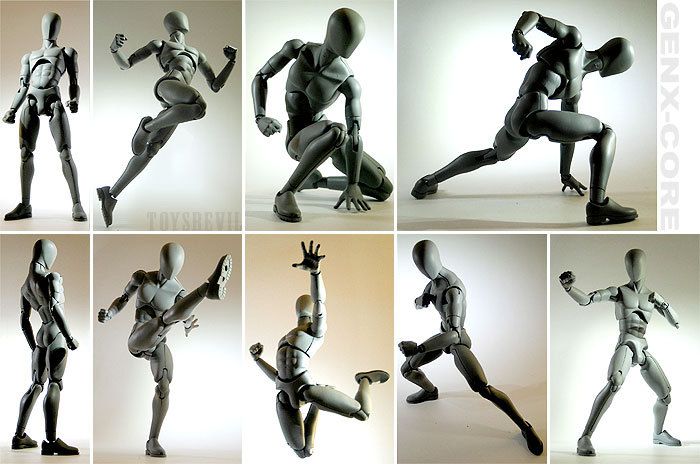
8. Play out as often as possible
As a general rule, playing anywhere from the local hairdresser to the coolest club in town to the old people’s home around the corner will help to expand your musical knowledge and develop your DJ intuition. So go ahead, programme your friend’s party playlist, play out anywhere and observe how people react in certain situations.
You’ll learn much more about how music makes people react according to their mood, persona and the time of night or day.
9. Invite your friends along
If you’re not already doing this, then you should be. Make sure you do more than create a simple event on Facebook. Many people receive several Facebook event invitations per day and pay little attention to them. Be better than this and send only personal notes to more influential, musically minded friends of yours and those who know a few people who like a night out. People react far better to a personal message.
Invite plenty of girls that you know who are likely to enjoy the night. Rotate your groups of friends to keep them fresh so you invite new ones each time you play.
Rotate your groups of friends to keep them fresh so you invite new ones each time you play.
In smaller venues, having your loyal group of dancing friends present can save your life for getting people on the floor.
10. Start dancing yourself
If the crowd really do seem to be a lame bunch and refuse to move any parts of their body no matter what dancefloor bombs you drop, then start dancing away yourself in your booth. After all, you’ve done all you can, so you may as well just enjoy yourself!
Grab a drink, put on some great tunes and dance away to them.
The DJ’s energy is infectious and for some people; just seeing you enjoy yourself will make them want to have a good time.
Making people feel good and getting them dance is what makes you successful as a DJ. Nothing else is more important.
Preparing and knowing your music well and being ready to play outside of your comfort zone is great preparation for being able to react and adapt to a crowd.
If you’ve got your music organised and you know it well, then you should be able to relax, enjoy your mix, try out different tunes and make the girls dance. If you find out things don’t go as well as expected, the job is to get into the minds of your crowd and you’ll be able to get them warmed up and dancing in no time, whoever they are.
• Matt is a DJ living in Paris, France. He’s one half of electro duo Sao Paulo Punks and runs a DJ blog too.
What’s your tactic when people won’t dance? Have you ever had a crowd who wouldn’t dance no matter what you did? Let us know your thoughts in the comments.
What do you do to motivate the crowd if nobody is dancing?
Are we playing the right music?
This is the biggest thing that is in the DJ's control, and it's an important one. We spend a good amount of time customizing our clients' playlists based on the music they like and the songs they think their guests will enjoy.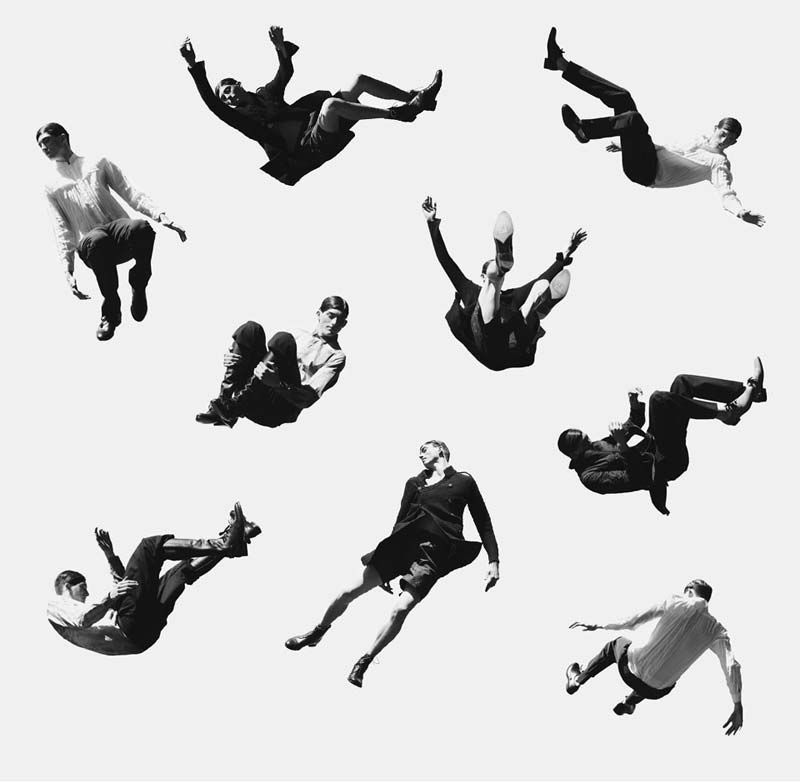
We also have a lot of experience with reading the crowd and picking songs that usually work well. We label each song with the year it was a hit, so we can easily find songs from a certain era. Just by guessing the approximate ages of your guests, we can get a great starting point for picking the right music to get them dancing.
And of course, if a certain song or type of music isn't working, we simply change to something else. We also encourage requests, if it's okay with you. When someone requests something, it's almost guaranteed they will dance to it and bring some friends with them to the floor.
Do your guests usually enjoy dancing?
Not all people like to dance. That doesn't mean they aren't having a good time! We've had plenty of people tell us how much they enjoyed the music we played, yet they may have only danced to one or two songs (or maybe not at all). You know your friends and family better than we do, so you probably already have a good idea if they are dancers or not.-Step-18.jpg/aid1640374-v4-728px-Shuffle-(Dance-Move)-Step-18.jpg)
Are you serving alcohol?
Let's face it. People tend to loosen up a little (or a lot) when they've had some drinks. :)
Is there a lot of light in the room?
Often times, people think they look silly when they dance. So, when the lights are dimmer, you tend to see more people willing to hit the floor. This is also why you tend to see less dancing at daytime weddings. If it's an evening wedding, and if we feel too much light is making people shy away from the dance floor, we'll find the venue coordinator to dim the lights a bit more.
Are you (the bride & groom) and your wedding party dancing?
Many times, your guests will follow your lead. So, if you are hanging out at the bar with the wedding party, there's a chance your guests may do the same. If you are spending most of your time outside, and the dance floor is inside, your other guests may head outside with you. On the contrary, if your guests see you on the dance floor having fun, they will probably join you.
Are there enough slow songs?
Don't underestimate the power of slow songs. Unless your guests are all young and single, a lot of couples enjoy slow dancing. In fact, some people don't feel comfortable fast dancing, but they are perfectly fine with slow dancing. That doesn't mean we play slow music all night. Quite the opposite. We usually keep things uptempo; however, we like to sprinkle in a slow song or two every 20 to 30 minutes when we feel that the people on the floor are getting tired. This gives them a chance to rest for a few minutes, refresh their drink, or share a dance with their significant other.
Are many of your guests "older," or do they have young kids with them?
We had a bride who wanted her wedding to be a "big party with lots of dancing," but this was a big factor working against her. Most of her guests were her parents' friends, either nearing retirement age or had young kids with them at the reception. Parents are (hopefully) not going to let their kids run wild at your wedding, which means they will be keeping an eye on the little ones rather than dancing.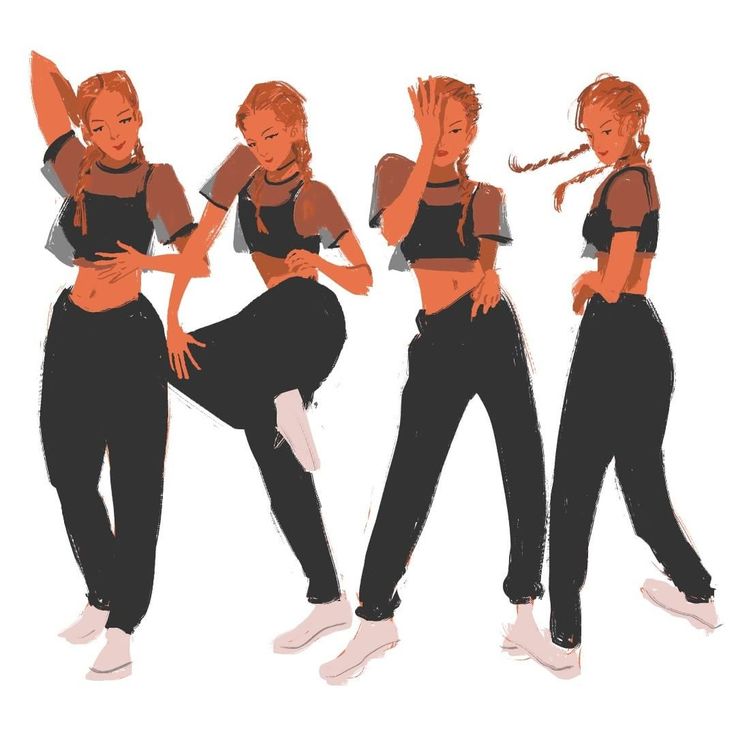 The exception is, of course, if the kids are old enough to enjoy dancing, too, and are on the dance floor most of the night.
The exception is, of course, if the kids are old enough to enjoy dancing, too, and are on the dance floor most of the night.
What day of the week is your wedding?
If it's on a Sunday night, perhaps most people will have to work the next day. They may not stay as late or drink as much if they have to wake up at 7:00 the next morning.
Is your room and/or dance floor too big for your party?
Even if you have 300 people at your wedding, the room can feel empty if it's designed to hold twice as many people than you have invited. A packed room makes your wedding feel more like a "party," while a large open room allows people to spread out and takes away from the energy of the reception.
The same holds true for the dance floor. We deejayed a wedding where not only was the room too big, but the dance floor was large enough to fit more than half of the guests on it at once. No matter how many people we had on the floor at any given time, it still seemed empty.
Final thoughts
Again, we have found that the best motivator is to play songs that work well with the audience we're playing for. At weddings, we usually play a variety of genres and eras of music, because we want to get everyone on the dance floor at least for a song or two, if possible.
What we don't do is anything that your guests would find cheesy or embarrassing. We don't want anyone at your wedding to feel uncomfortable. We can't take people by the hand and pull them onto the dance floor. What we can do is play great music that people will enjoy, whether they dance or not, and follow your input and suggestions for the music you want played at your wedding.
9 ways to make your wedding guests dance all evening
1. Warm up the guests
It is best to start preparing guests for the dance without stopping in advance. As soon as the first cocktail is sipped, you can start "warming up". A light lounge or jazz will do just fine for him. In general, any music can sound. The most important thing is that guests do not chew snacks in complete silence.
In general, any music can sound. The most important thing is that guests do not chew snacks in complete silence.
2. Make the perfect dance floor
On a cramped and uncomfortable dance floor, few people want to dance; a dance floor that is too spacious will also confuse guests. It is best if each couple can have three square meters of space. Let's say if you have 150 guests, then the dance floor should be 15x15 meters in size.
A dance floor in the very center of the banquet hall is a great solution. Guests will immediately understand that dancing will be an important part of the program at this celebration.
3. Seating the guests correctly
People who love to dance are best seated very close to the dance floor. Hearing the first groovy rhythms, they will be the first to start dancing. More modest guests, seeing this, will relax and join the dancers. Elderly guests should be placed away from the dance floor. They will surely thank you for it.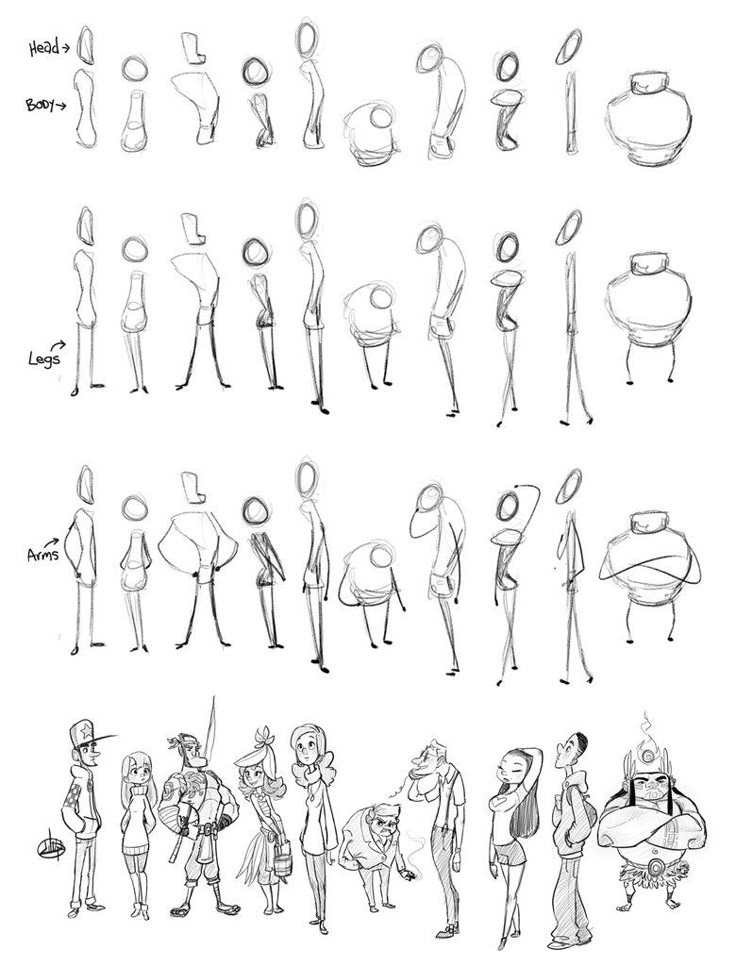
Don't turn the music up too loud. Of course, the guests need to come off to the fullest, but they should also have the opportunity to talk.
4. Trust the professionals
Don't skimp on a professional DJ. This person will not only spin the discs, but also make sure that none of the guests get bored. He will be able to pick up good music that will appeal to everyone. The bride and groom have better things to do than play the role of an entertainer, don't they?
See also: What is better for a wedding - a DJ or "live music"?
5. Consider the tastes of all
Consider the musical tastes of the guests. Perhaps you yourself love rap, but do your guests share such addictions? The same applies to the hits of the 1980s, as well as hard rock or country. To some, such music will seem like a mournful stream of sounds, and to someone it will be completely annoying. You need to make sure that none of the guests remain offended.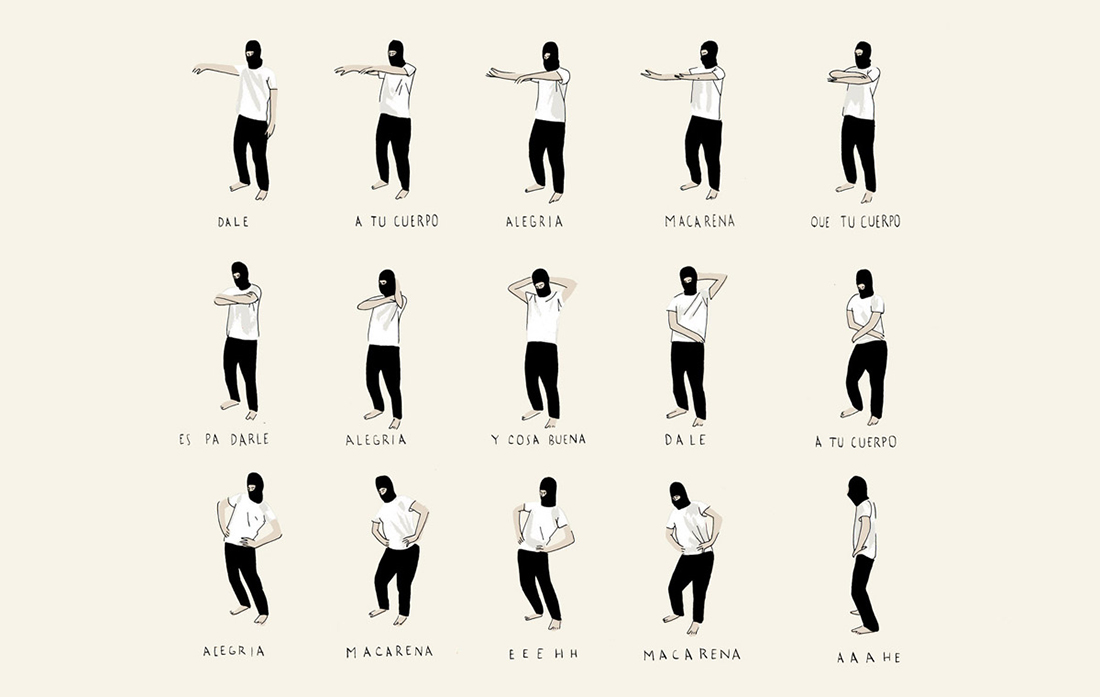 Assorted, consisting of popular genres, will completely solve this problem.
Assorted, consisting of popular genres, will completely solve this problem.
Ask your loved ones (don't forget the older generation) and friends about what kind of music they would like to hear. Let every guest have the opportunity to dance with pleasure.
6. Create a stop list
Do not be lazy and make a so-called stop list for musicians and DJs. It should include compositions that in no case should be played at a banquet. Even one single unloved song can beat off all the desire to dance. However, you shouldn’t be too categorical either: you don’t need to stand over the soul of a DJ while mixing tracks.
7. Don't delay the first dance
Traditionally, the first dance at the wedding is danced by the young. Even if it is simply delicious, it does not need to be tightened. Pay attention to the duration of the soundtrack to which you will dance. It is better not to turn the invitees into indifferent spectators for a long time. If the composition lasts more than five minutes, in the middle of the dance, draw guests into the circle - so they will not get bored. Your first dance should be remembered by guests as romantic and touching, not lasting forever.
Your first dance should be remembered by guests as romantic and touching, not lasting forever.
8. Surprise your guests
A surprise dance is a great way to surprise guests and get them on the dance floor. Surprise your guests with something unusual. Invite breakdancers or flamenco dancers, Indian dancers or belly dancers. Such incendiary numbers will help restore the dance mood to the guests when they sit firmly at the table.
9. Set an example
If the newlyweds themselves will be the first to go to the dance floor, then the guests will not be able to sit still. Behave naturally: the invitees should understand that no one competes in the art of dance at your wedding, everyone just relaxes and has fun. Show your guests how important it is for you to actively participate in the dance part of the party.
How to warm up the dance floor. Part 1.
Warming up an audience is a real art.
Nowadays, most young DJs work in their own privacy, as if they were alone in their bedroom, keeping in mind no more than a two-hour set for the height of the party.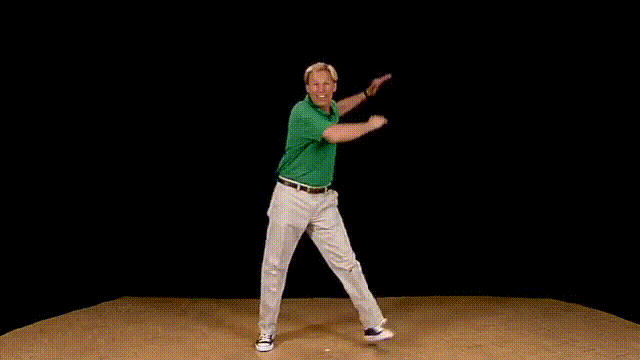
However, ironically, the first performance at an event that any DJ gets is during the warm-up of the dance floor. Therefore, if you arrive early at most nightclubs, you can see a sweat-drenched DJ who creates a rumble on an empty tanpole with the help of famous hits. The volume level of the music is feverish that you even forget to take a number in the wardrobe. In the meantime, only a few celebrity DJs with enough experience to warm up the audience are invited to open. This is due to various nuances, starting with the unwillingness of the club to pay a good fee for warming up (although the further success of the event depends on this) and the personal refusal of star DJs because of their own ambitions.
Warming up an audience is a very difficult task and should not be left to inexperienced DJs. It requires intuition, talent and good music. Approach it the right way and it will be the best foundation for improving your DJing skills. There is another aspect to this difficult task - playing tracks for a tipsy and hoarsely yelling crowd on the dance floor at one in the morning, but also at the same time creating an unforgettable atmosphere, setting the mood and musical tempo for people who have to be pulled onto the dance floor.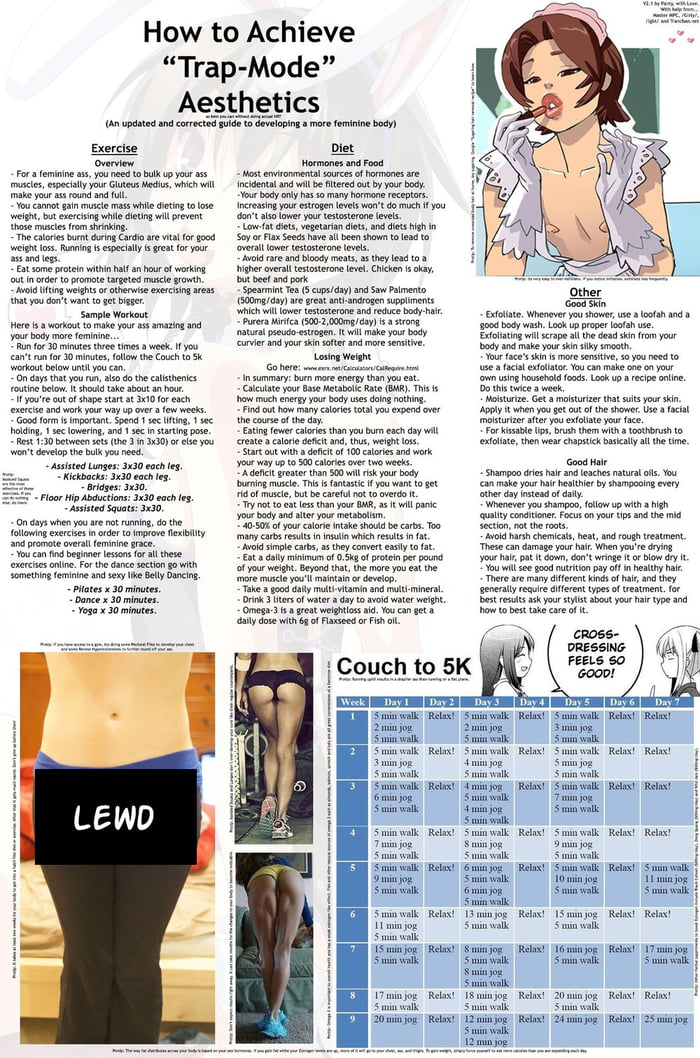
Danny Howells, who spent nine years warming up for John Digweed at Bedrock, says: “You have to create a mesmerizing indoor vibe that slowly sucks the crowd out of the night onto the dance floor. The opening DJ needs to know that when people enter the club, they won't automatically "jump" onto the dance floor. The job of a DJ is to get the crowd going, create atmosphere and high anticipation without obscuring the DJ behind him."
Says Ross Ellen, of the BBC Corporation (BBC), whose sophistication and eclecticism make him a true expert in the opening act: parties. I like to watch how the dance floor gradually fills up and by the time your performance ends, the dance floor is already heaving. You leave this moment when the next DJ can intercept this peak. This sets the whole success of the night's revelry. This is the best part of the party."
Ross sees the empty dance floor as an opportunity to be selfish. He says: “If there is no one in the club, I put on the track that I want.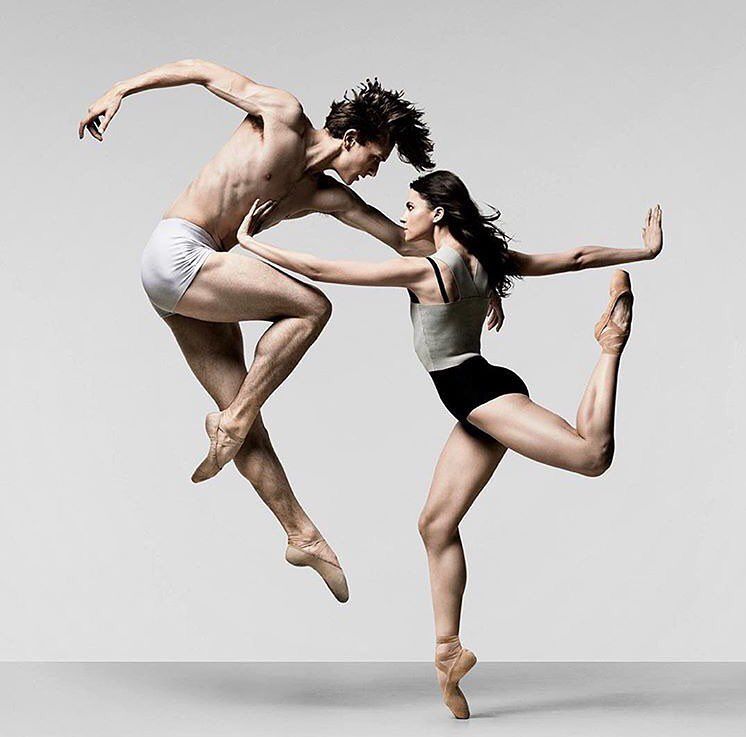 I just chill and then I set the pace. I usually spent these parties chilled at the start and gradually built up the atmosphere, saving my best compositions for later." Ross also warns against prematurely playing music at an extremely fast pace.
I just chill and then I set the pace. I usually spent these parties chilled at the start and gradually built up the atmosphere, saving my best compositions for later." Ross also warns against prematurely playing music at an extremely fast pace.
He says: “You don't jump on a carousel if someone spins it fast. You sit on it when it starts to rotate slowly and picks up speed.
How to choose music to warm up.
A place full of people needs some quiet play before people venture onto the dance floor. Your music should "suck in" people, make them tap their toes or nod their heads to the beat of the music, continuing to seduce until they can't resist. The best music for creating this kind of "dance pressure" is given below:
- melodic;
- friend;
- slower temp.
Mysterious tracks.
It makes sense to play them, provided that they fit the atmosphere. It's also a chance to play "interesting" tunes, not to mention quieter songs that you'd like to hear loudly on good acoustics.
Old favorite tracks.
Doesn't have to be a hit from last Christmas - just a classic club track, something that sets the mood for most of the assembled people. You could often watch how a DJ psychologically calculates the most suitable track from the gathered people and most people, nodding their heads, run to the dance floor.
How to set the mood.
As an opening DJ, your two tasks are:
- fill the dance floor for the next DJ to perform
- play songs that set the mood for the whole night.
At the start of the night, just tell yourself that you don't want to force anyone to dance. Instead, for an hour or so, you play wonderful music - an audio track for the slow development of the party. Your plot will culminate in a crowded and overexcited dance floor, just before the new DJ arrives.
Don't forget to put yourself in the place of the club's visitors, as if you yourself had just entered the club.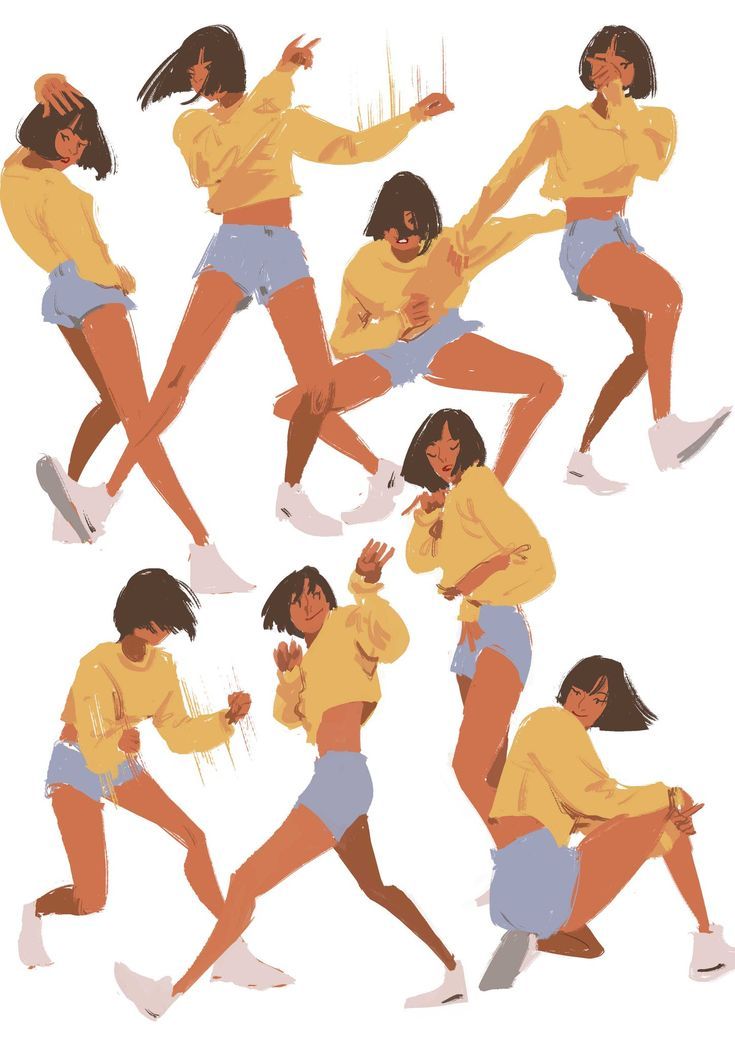 People take time to leave their coats in the closet, settle into a club, order a drink at a bar, meet up with friends… They want to take the time to wander around. Chat with someone and even fall in love...
People take time to leave their coats in the closet, settle into a club, order a drink at a bar, meet up with friends… They want to take the time to wander around. Chat with someone and even fall in love...
To do this, you must give them the perfect musical composition. Imagine using music to invite people into your home, to make it easier for them to enter a party, and to create anticipation for what comes next. The best DJs will calmly lure the audience and gradually lure them to the dance floor, while amateur DJs will rain down on them "rush hour" compositions three hours ahead of the required time. There is a difference between inviting a person to a spa with soft lighting and scented candles, and forcing someone to take a cross-country march followed by a cold shower. There is nothing more repulsive than an empty dance floor that is being bombarded with demonic fast beats.
Constantly remind yourself that at the beginning of the party you play music to set up a meeting, drinks, chat and "soar". No one will comment on your music without dancing. Relax, no one is going anywhere - an hour or so of your charm and people will raise their hands to the sky on the dance floor.
Adam Freeland, Breaksworld.com: Lead the people, don't follow them. Trust your feelings. Do what you like, not what you think people want. Don't accept people's denial of getting on the dance floor and get ready to work hard, because luck won't just fall on you."
Lost in the Hayloft.
In addition to inspiring some of the world's most legendary DJs, David Mancuso's famed New York Hayloft Club was also known for its original way of luring people onto the dance floor. Writer Vince Eletti recalls: “Some of my favorite music was David's early tracks. He created an unforgettable atmosphere when people first came to the club, before they started dancing. He played these weird things, which were mostly like fusion jazz or world classic music. These were things that for the most part did not have any lyrics, but were cooling or heating tracks that followed each other. It was a pleasure to see the mood being set. Little by little, the tracks became more rhythmic, more and more suitable for dancing, and people began to dance. I enjoyed watching the whole theater take shape. It was like acting before the actors started their performance."
It was a pleasure to see the mood being set. Little by little, the tracks became more rhythmic, more and more suitable for dancing, and people began to dance. I enjoyed watching the whole theater take shape. It was like acting before the actors started their performance."
How to add fire.
If you represent your set as a graph, it should have a constantly rising curve. Set a goal to slowly set the mood and make sure the dance floor is full and humming by the time you pass the baton to the next ud (but not too long before).
Look at the audience.
Interaction with the public is critical at this early stage. Once the club is full, no one will care that you ignore people, but in the beginning a lot depends on the connection between the DJ and the public, so be sure to look and read the reaction on people's faces. Smile at them, show that you are just as friendly and want the same as they do. This is the best way to work out which course of action to take next, which track to choose.


